The flare monitoring market is currently characterized by a dynamic competitive landscape, driven by increasing regulatory pressures and the need for enhanced operational efficiency in the energy sector. Key players such as Emerson (US), Honeywell (US), and Siemens (DE) are strategically positioning themselves through innovation and technological advancements. Emerson (US) focuses on integrating advanced analytics and IoT capabilities into its flare monitoring solutions, thereby enhancing real-time data collection and analysis. Meanwhile, Honeywell (US) emphasizes partnerships with energy companies to develop tailored solutions that meet specific regulatory requirements, which appears to strengthen its market presence. Siemens (DE) is also investing in digital transformation initiatives, aiming to leverage AI and machine learning to optimize flare monitoring processes, thus shaping a competitive environment that prioritizes technological sophistication.
In terms of business tactics, companies are increasingly localizing manufacturing and optimizing supply chains to enhance responsiveness to market demands. The market structure is moderately fragmented, with several players competing for market share. However, the collective influence of major companies like ABB (CH) and General Electric (US) is notable, as they continue to expand their operational footprints and enhance their product offerings, thereby intensifying competition.
In October 2025, Emerson (US) announced a strategic partnership with a leading oil and gas company to deploy its latest flare monitoring technology across multiple sites. This collaboration is expected to enhance operational efficiency and compliance with environmental regulations, indicating Emerson's commitment to innovation and customer-centric solutions. The partnership not only reinforces Emerson's market position but also highlights the growing trend of collaboration between technology providers and end-users in the energy sector.
In September 2025, Honeywell (US) launched a new suite of flare monitoring solutions that incorporate AI-driven analytics. This development is significant as it allows operators to predict flare events and optimize their operations proactively. By leveraging AI, Honeywell (US) aims to reduce emissions and improve safety, which aligns with the industry's increasing focus on sustainability and regulatory compliance. This move could potentially enhance Honeywell's competitive edge in a market that is progressively leaning towards environmentally responsible practices.
In August 2025, Siemens (DE) unveiled a new digital platform designed to integrate various flare monitoring systems into a unified interface. This initiative is crucial as it simplifies data management and enhances operational visibility for users. By providing a comprehensive solution that consolidates data from multiple sources, Siemens (DE) is likely to attract customers seeking efficiency and ease of use in their monitoring processes. This strategic action reflects the ongoing trend of digitalization within the industry, where companies are striving to offer integrated solutions that meet the evolving needs of their clients.
As of November 2025, the competitive trends in the flare monitoring market are increasingly defined by digitalization, sustainability, and the integration of AI technologies. Strategic alliances are becoming more prevalent, as companies recognize the value of collaboration in driving innovation and enhancing product offerings. Looking ahead, it appears that competitive differentiation will increasingly hinge on technological advancements and supply chain reliability, rather than solely on price. This shift suggests a market evolution where companies that prioritize innovation and customer-centric solutions are likely to thrive.


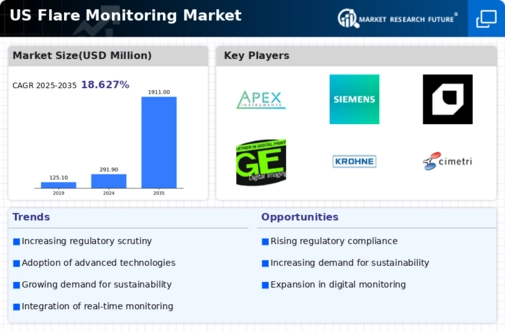
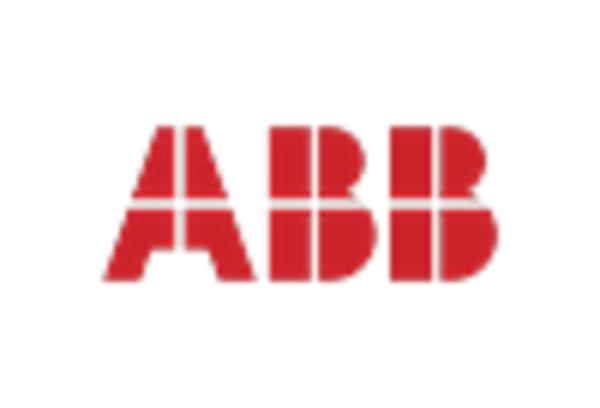

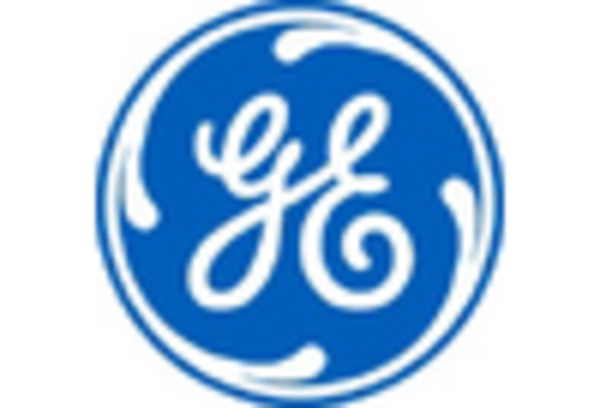
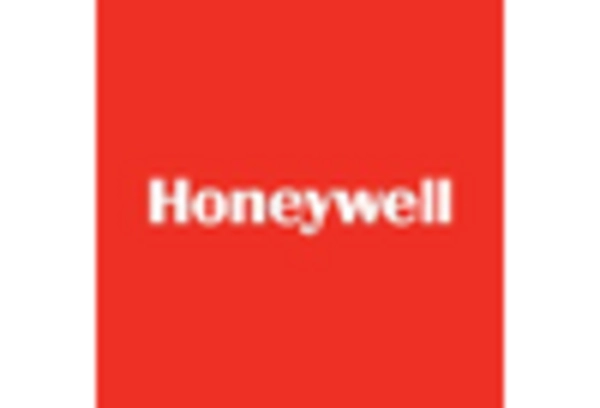
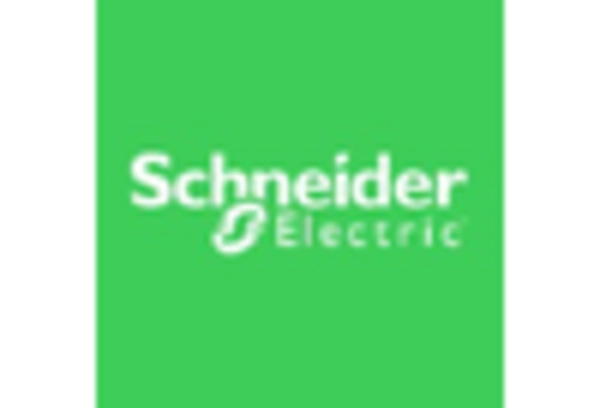









Leave a Comment